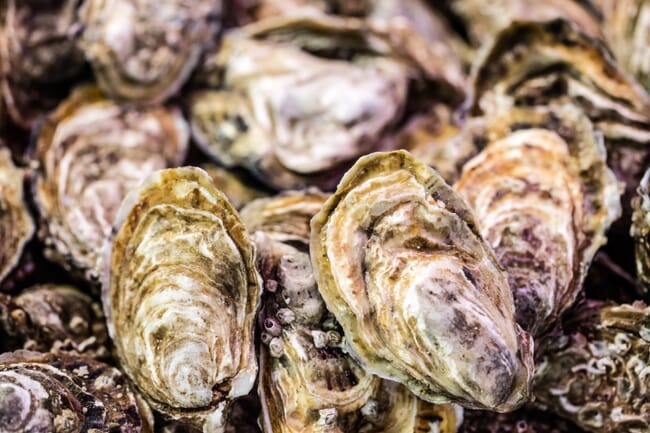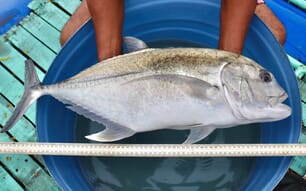
The oyster hatchery, which only began operations last year, has successfully reared its first brood of oysters from larvae to spat, which were then ready to be delivered to a local Delaware oyster grower located within the same area of Delaware bay.
The process of culturing oysters can be tricky, and can require much trial and error to find the correct conditions to maximise the quality and welfare of the oyster spat.
For that reason, the progression of the Delaware Sea Grant hatchery from setup to being commercially active within such a short timeframe is particularly impressive.
Alyssa Campbell, coordinator of the Delaware Sea Grant fisheries and aquaculture laboratory, commented on this quick progression to ‘UDaily’, a University of Delaware news platform.
She said “These were our first two real broods and we got them all the way through to setting. There’s a lot of trial and error throughout the process so the fact that we got them successfully spawned, then retained those larvae for three-weeks and got them to metamorphosis and to setting is exciting. We’re further ahead than we thought”.
When importing oyster spat from a different state or water system, the spat must go through rigorous disease testing, and oyster growers must obtain the correct permits - a potentially costly process that can also delay production timeframes.
The ability of the hatchery to supply Delaware oyster growers with spat grown within the same state, or in this case within the same water system of the Delaware bay, will not only reduce costs and emissions associated with transport, but could potentially reduce the need for permits and disease testing.



